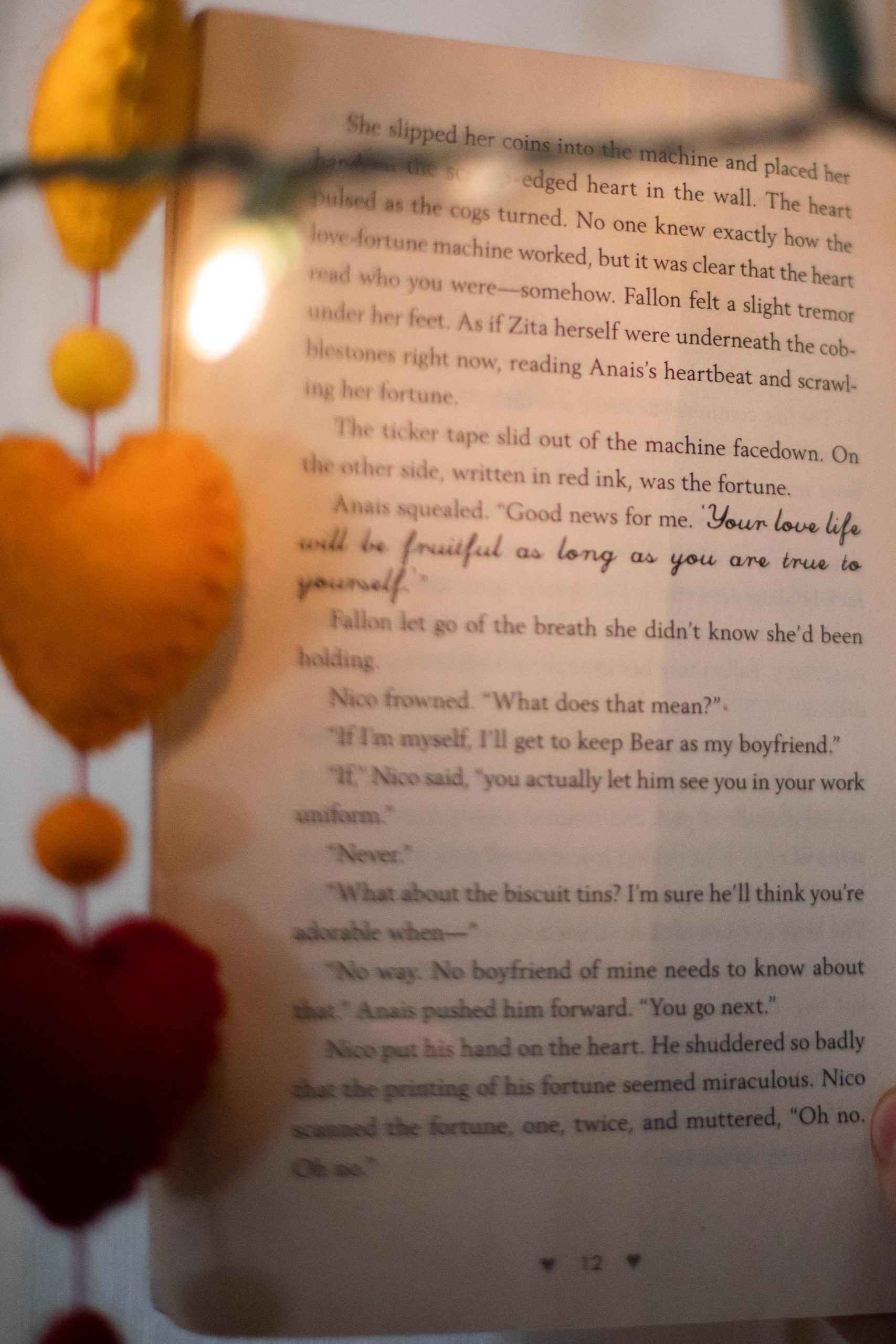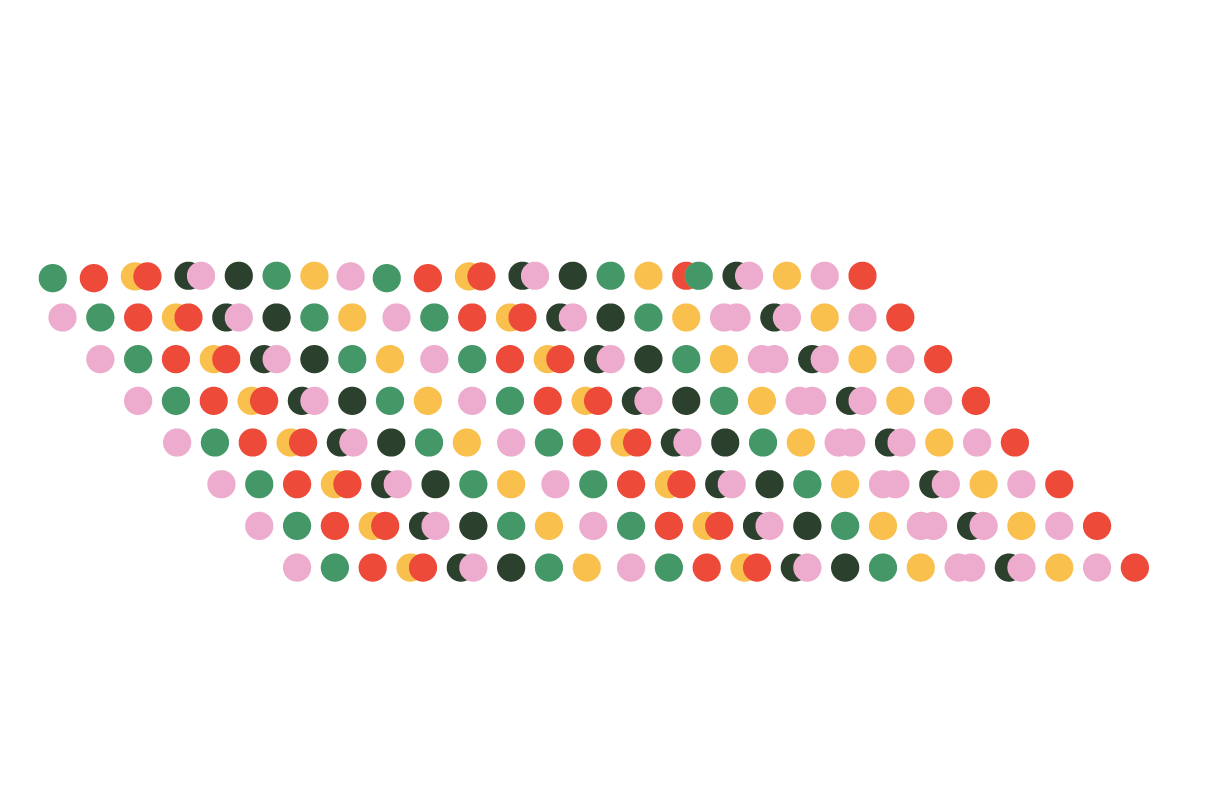With Valentine’s Day around the corner, you want to be sure you have a variety of ways to woo your valentine. Spanish, French, Italian, Portuguese and Romanian are five major Romance languages—so if you only know English, I suggest you keep on reading.
The term Romance itself derives from the language’s connections with Rome. The Romance languages all derive from Vulgar Latin, a spoken form of non-Classical Latin. It was originally spoken by small groups of people living along the lower Tiber River, but spread with increased Roman political power—first through Italy and eventually through most of Europe and Mediterranean coastal regions of Africa. The Romance languages are considered some of the easiest languages to identify because they share a large portion of basic vocabulary, and can easily be traced back—with few breaks—to the Roman Empire.
Romance languages continue to spread throughout the world with 920 million speakers claiming a Romance language as their mother tongue—and 300 million claiming one as a second language at the beginning of the 21st century, according to Encyclopedia Britannica.
Categorizing the Romance languages within their own family is more difficult than categorizing Romance languages themselves. The classifications are mostly based on historico-geographic categorizations—Spanish and Portuguese are Ibero-Romance, French is Gallo-Romance and so on. Classification of the languages are often in dispute on the basis of classification by history or phonetic similarities. Italian, for example, can be the least differentiated language when compared to traditional Latin, while French would be the most differentiated. Italian is considered a more central language because of its mutual intelligibility with other Romance languages.
You may be asking yourself, “all this history is interesting, but how can it apply to me?”. Well, with Valentine’s day around the corner there’s no better time to learn some facts to back up your acts. Now, here’s to learning how to say “I love you” in each Romance language to give you a head start on swooning your valentine.
Spanish:
In Spanish, “I love you” directly translates to “Te amo.” However, “Te amo” is regarded as having heavier meaning than it does in English. “Te amo” is reserved directly for your significant other, and is only used to profess romantic, not platonic love. If you wish to communicate a more casual or platonic love between friends or family members in Spanish, say “Te quiero.”
Portuguese:
In Portuguese, “I love you” directly translates to “Amo você.” “Amo você” in Portuguese can be used to express platonic casual love to friends and family members, as it is not exclusively romantic. However, if you are trying to swoon someone in Portuguese say “Amo Demais,” which translates to “I love you so much” in English.
French:
In French, “I love you” directly translates to “Je t’aime.” However, this can get confusing as “t’aime” both means “like” and “love” in French. If you wish to differentiate between the two easier, add the word “beaucoup” (a lot) to the end of the phrase—“Je t’aime beaucoup.”
Italian:
In Italian, “I love you” directly translates to “Ti amo.” Similar to Spanish, “Ti amo” is reserved only for romantic love, and is something that would only be said to a romantic partner. “Ti voglio bene” is the appropriate phrase for telling a friend or family member that you love them in Italian.
Romanian:
In Romanian, “I love you” directly translates to “Te iubesc.” “Te iubesc” is among many ways to express or confess love in Romanian, and like “I love you” in English, is the casual way of telling someone you love them.








